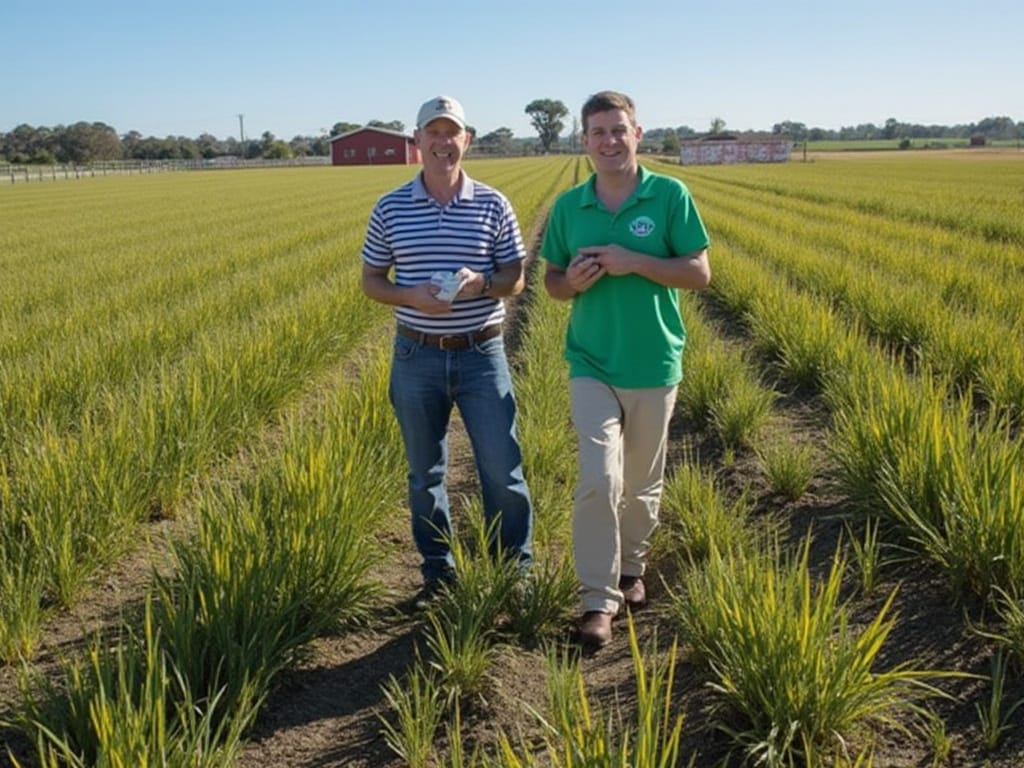
The agricultural landscape is undergoing a significant transformation as farmers embrace technological innovations to enhance productivity and sustainability. In states like California and Texas, where agriculture plays a pivotal role in the economy, farmers are increasingly adopting Agricultural Enterprise Resource Planning (ERP) software. This technology optimizes crop and water resource management by digitizing processes such as crop planning, inventory management, and irrigation monitoring. This article explores how ERP technology is revolutionizing agricultural management in these states, backed by case studies and research findings.
The Challenges in Modern Agriculture
Farmers today face numerous challenges, including climate change, water scarcity, and the need for sustainable practices. California, for instance, has been grappling with severe droughts, affecting water availability for irrigation. According to the United States Department of Agriculture (USDA), California's agricultural sector consumes approximately 80% of the state's water resources1. In Texas, farmers deal with unpredictable weather patterns and resource management issues that impact crop yields and profitability.
Embracing ERP Technology for Crop Planning
Crop planning is a critical aspect of farming that involves deciding what crops to plant, when to plant them, and how to manage them throughout the growing season. ERP software provides farmers with data analytics tools that consider soil health, weather forecasts, market demand, and resource availability.
Case Study: John Martinez, California
John Martinez, a farmer in California's Central Valley, integrated an ERP system into his farming operations. By analyzing soil nutrient levels and historical weather data, he optimized his crop selection and planting schedules. This strategic approach led to a 15% increase in crop yield during the first season of ERP implementation2.
Enhancing Inventory Management
Effective inventory management ensures that farmers have the necessary inputs—such as seeds, fertilizers, and pesticides—at the right time and in the right quantities. ERP systems offer real-time tracking of inventory levels, automated reordering, and inventory forecasting based on usage patterns.
Case Study: Linda Rodriguez, Texas
Linda Rodriguez, a cotton farmer in Texas, faced challenges with overstocking and stockouts, leading to increased costs and production delays. After implementing an ERP solution, she achieved a 20% reduction in inventory costs by optimizing her stock levels and automating purchase orders3. This not only saved her thousands of dollars annually but also improved her operational efficiency.
Improving Irrigation Monitoring
Water management is a critical concern, especially in drought-prone regions. ERP systems equipped with irrigation monitoring capabilities allow farmers to:
According to a USDA report, farms utilizing advanced irrigation technologies have seen a 25% increase in water efficiency1. This is particularly significant in California, where water scarcity is a pressing issue.
The Role of ERP in Sustainability
By optimizing resource utilization, ERP technology contributes to sustainable farming practices. Efficient use of water and inputs reduces environmental impact and helps farmers comply with regulatory requirements related to resource conservation.
Research Insights
Research from Texas State University highlights the positive impact of ERP systems on agricultural productivity. The study found that farmers using ERP technology experienced:
Challenges in ERP Adoption
While the benefits are significant, farmers may face challenges in adopting ERP technology, such as:
Government and Institutional Support
To encourage the adoption of ERP technology, government agencies and educational institutions offer support programs. The USDA provides grants and technical assistance to help farmers implement advanced technologies5. Additionally, universities conduct outreach programs to educate farmers about the benefits and usage of ERP systems.
Conclusion
Agricultural ERP software is proving to be a game-changer for farmers in California and Texas. By digitizing key processes and providing valuable insights, ERP systems enable farmers to optimize resources, reduce costs, and enhance sustainability. As technology continues to evolve, the integration of ERP solutions will become increasingly vital in addressing the challenges of modern agriculture.
Sources